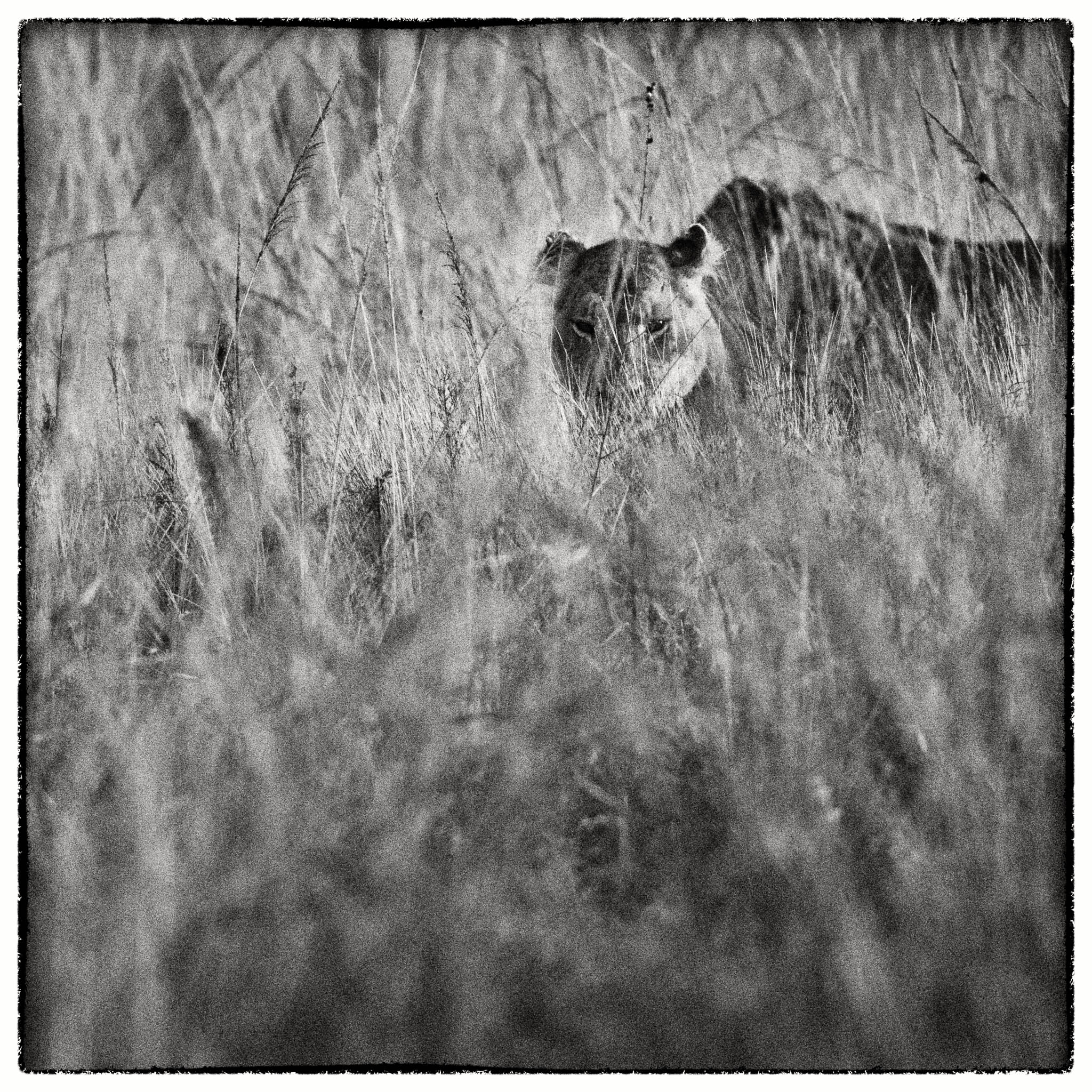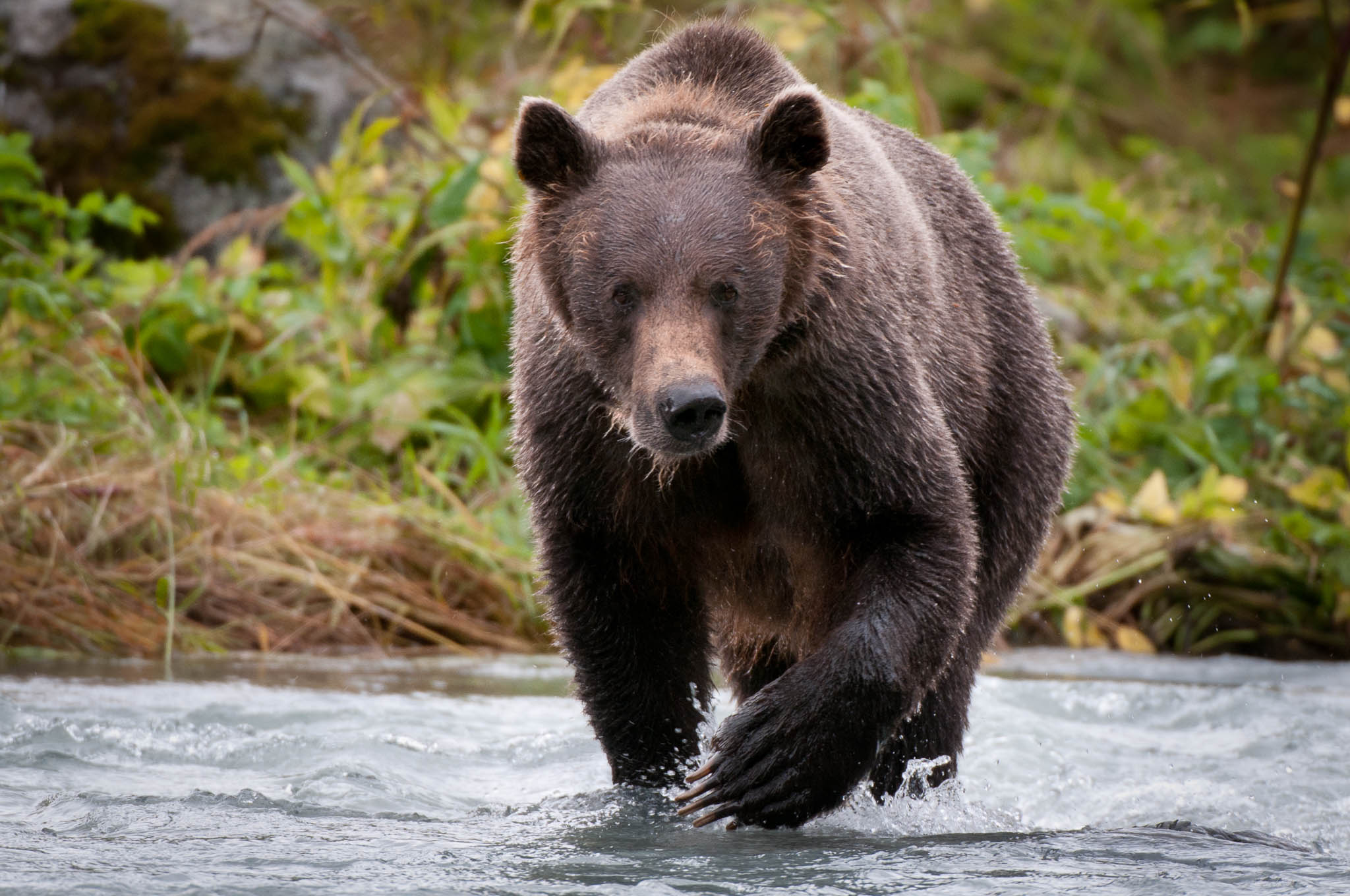
Game Farm Photography Is For Frauds
Please read no further if you get uncomfortable with someone ranting, because this is bound to be an emotional rant.
I get absolutely infuriated at so called wildlife photographers who get their images by visiting game farms, horrible places where genetically wild animals are forced to live in cages and perform tricks for photographers. Yes, folks, just in case you haven’t heard of such places, they exist and the sad fact is that you probably know some scuzzy photographer who frequents such places (I warned you this would be a rant, didn’t I?).
I just read an article by Thomas Mangelsen, one of the finest, most ethical and successful wildlife and nature photographers in the world. In the article, Mangelsen completely destroys any possible argument a photographer could have for capturing wildlife images at a game farm (as if they really capture their images; they are actually handed to them by trainers who pose the unfortunate animals). I won’t restate Mangelsen’s entire argument here, so I urge every one of you to read his article from beginning to end. Let me know what you think. And, if you have shot at game farms, I plead with you to open your heart and conscience and stop this egregious behavior (and if you have any ethical fiber in you, destroy the images you have already taken there).
Of course there are the obvious ethical issues related to keeping wild animals in pens, often with multiple animals of their species that they have not chosen to live with, thereby stoking tensions and fights. I won’t describe the cruelty that these animals are exposed to, even in the very best run of these places. You may choose to believe the bull that these operators tell you about how much the animals love their safe surroundings and regular feedings, but you are only lying to yourself. If you shoot at game farms, you are a fraud taking the easy way out instead of earning your imagery. IMHO, wildlife is meant to be wild.
I take this position reluctantly. There are experienced, famous and successful photographers, like Joe McDonald, who actually condone this type of photography. McDonald represented the other side of the argument in an article. While I respect his “true” wildlife photography, I found his article to be logically flawed, contradictory and transparently defensive of a practice that most wildlife photographers find abhorrent. And while I understand the points he makes - about people not having time nowadays and the need for conservation images - that does not make the practice of game farm photography ethical. I find it dishonest to peddle game farm images as wildlife.

Wild grizzly in Alaska
Knowing that I am a grizzly photographer myself, I have had photographers show me their shots of “wild” grizzlies they photographed. I look at the first few images, knowing that that same animal they brag about “stalking” for days, is so well known and heavily photographed on a game farm, editors (and I) are no longer fooled. Their entire time with these animals is a few hours, mostly watching the trainers lead the animals to an outcropping to perform and telling these “wildlife photographers” when and what to photograph.
The grizzlies I photograph in Yukon Territory, Northwest Territory and Alaska, for example, are wild and it is no easy task to get decent images of them. On game farms, they are trained to stand on their hind legs, look menacing, shake snow from their coats on command, and open their mouths as if they are roaring at the photographer. And the punishments for not obeying? Better to not discuss that here. Read Mangelsen’s article.
There is also a self-serving reason I despise these game farms and the photographers who by supporting them help the operators abuse the animals there. Like “fake news”, their fake photos cast a shadow on all of us who truly invest the time, expense and skill to photograph animals in the wild. That is why I take a stand against such practices. That is why I try to model wildlife photography ethics in my nature and wildlife workshops. And I can only hope that you, too, will choose to walk the ethical path to wildlife photography.